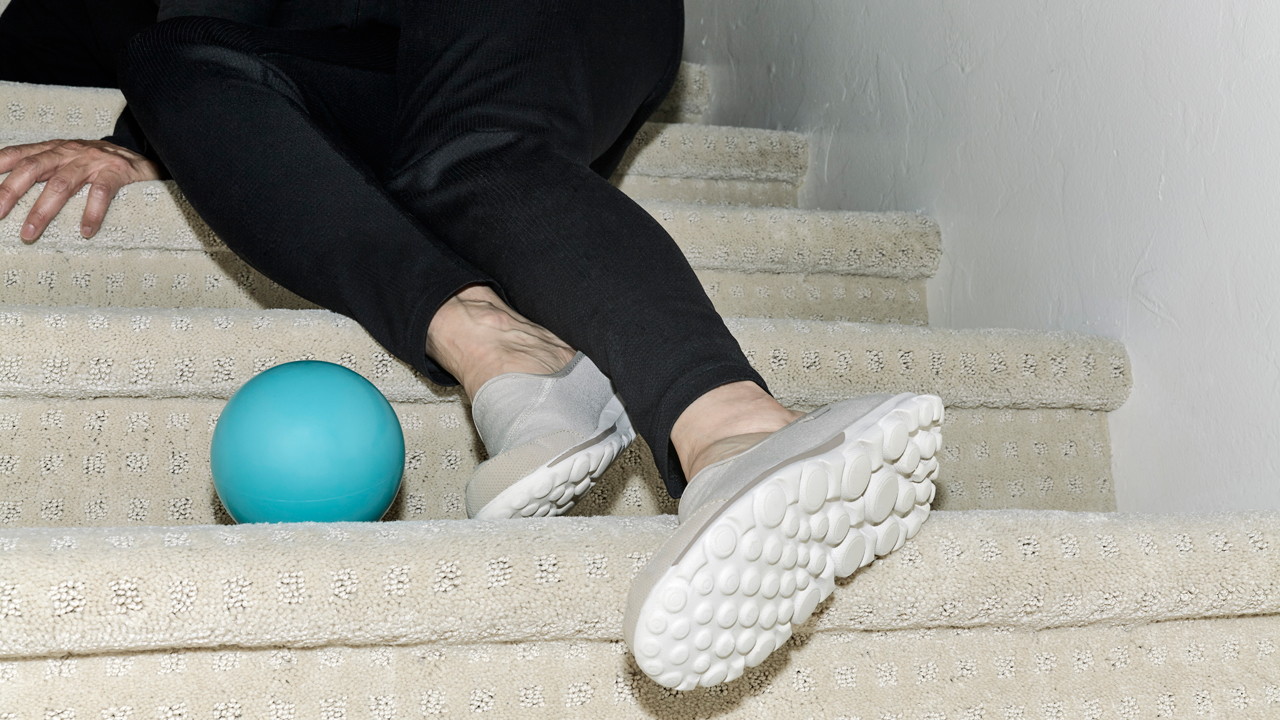2018-02-28T06:01:01
(BPT) – Pet parents know that there’s nothing like the love of furry family members. Keeping your pets healthy is a priority because you want them to live as long as possible. However, health care costs for pets are expensive, and if you are dealing with additional expenses such as prescriptions for chronic conditions, it can become a burden to your budget.
Fortunately, there are several things pet owners can do proactively to keep pets healthy and save money on health care costs.
Invest in preventative care
“An ounce of prevention is worth a pound of cure” is just as applicable to pets as it is to their human caregivers. One of the most important things a pet parent can do to ensure the ongoing health of any animal is to bring them in for annual checkups whether they are experiencing health issues or not.
During wellness checkups, veterinarians can screen for a variety of health conditions. They provide insight on diseases, age-related concerns, dental health, nutritional considerations and so much more. Plus you’re able to provide your pet with important vaccinations. Regular checkups help vets identify problems sooner rather than later, and this can translate to more affordable health care costs to pet parents in the long run.
Get an Inside Rx Pets prescription card
Costs for managing your pet’s health can be a bear with pet owners spending more than $8 billion on prescription and over-the-counter medications annually. The Inside Rx Pets program offers savings on commonly prescribed medications such as insulin and antibiotics, as well as seizure, glaucoma and anti-inflammatory drugs. The Inside Rx Pets savings card is not insurance; it is a savings card you can use for certain human medications that may be prescribed for your pet. A complete list of the medications with which you can use the Inside Rx Pet card, as well as pricing information and other details, can be found at https://InsideRx.com/Pets.
Benefiting from these discounts is easy for pet parents: If your pet’s veterinarian writes a prescription for an applicable medication, simply download the free discount card from the Inside Rx Pets website and present it with the prescription at one of the 40,000 participating pharmacies located across the U.S. that fill prescriptions for animals. These include national chains such as Kroger Family of Pharmacies, CVS and Walgreens (yes, the same pharmacies you go to for your own medications).
Exercise and focus on nutrition
Obesity is a growing concern for many pets. Poor nutrition paired with limited exercise causes pets to put on additional weight. This weight can put them at higher risk for health concerns like diabetes, osteoarthritis and ligament injuries. These health concerns not only risk the quality of life for Fluffy or Fido, but also can deeply impact your pocketbook.
Pets, just like humans, require exercise and proper nutrition to stay healthy and feel their best. Whether that’s letting your rabbit out of the cage to run or going on a walk with your dog, be sure to make regular exercise a part of your fur family’s routine. If you’re unsure what is appropriate for your pet, call your veterinarian or bring it up at a wellness visit. They’ll be delighted you reached out for more information to keep your pet healthy.
Start an emergency fund
Choosing between a pet and an unexpected health expense is something no one wants to experience. Being prepared can make a big difference when facing difficult decisions, so it’s wise to have savings set aside in case of a rainy day.
Some people are starting pet health savings accounts (HSAs) that are similar to the accounts that people hold for themselves to pay for medical expenses. Whether you choose that path or a traditional savings account, when you have an emergency fund you won’t have to worry about any unexpected expenses, so you can simply focus on getting your pet well again.
Being proactive is important for keeping your pets healthy for many years. From scheduling annual wellness visits to taking advantage of the Inside Rx Pets discount card, there are many easy actions pet parents can take today to reduce costs so furry family members stay well.















